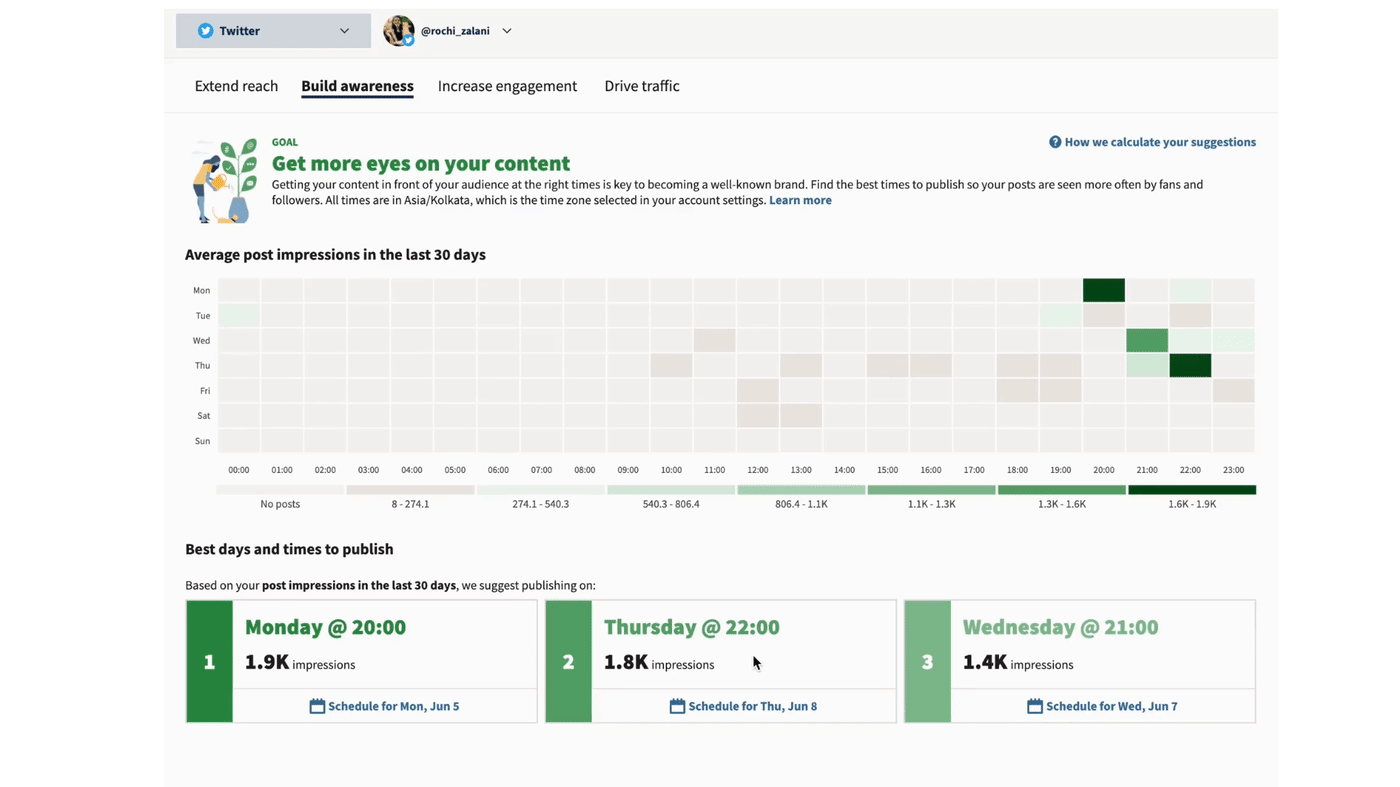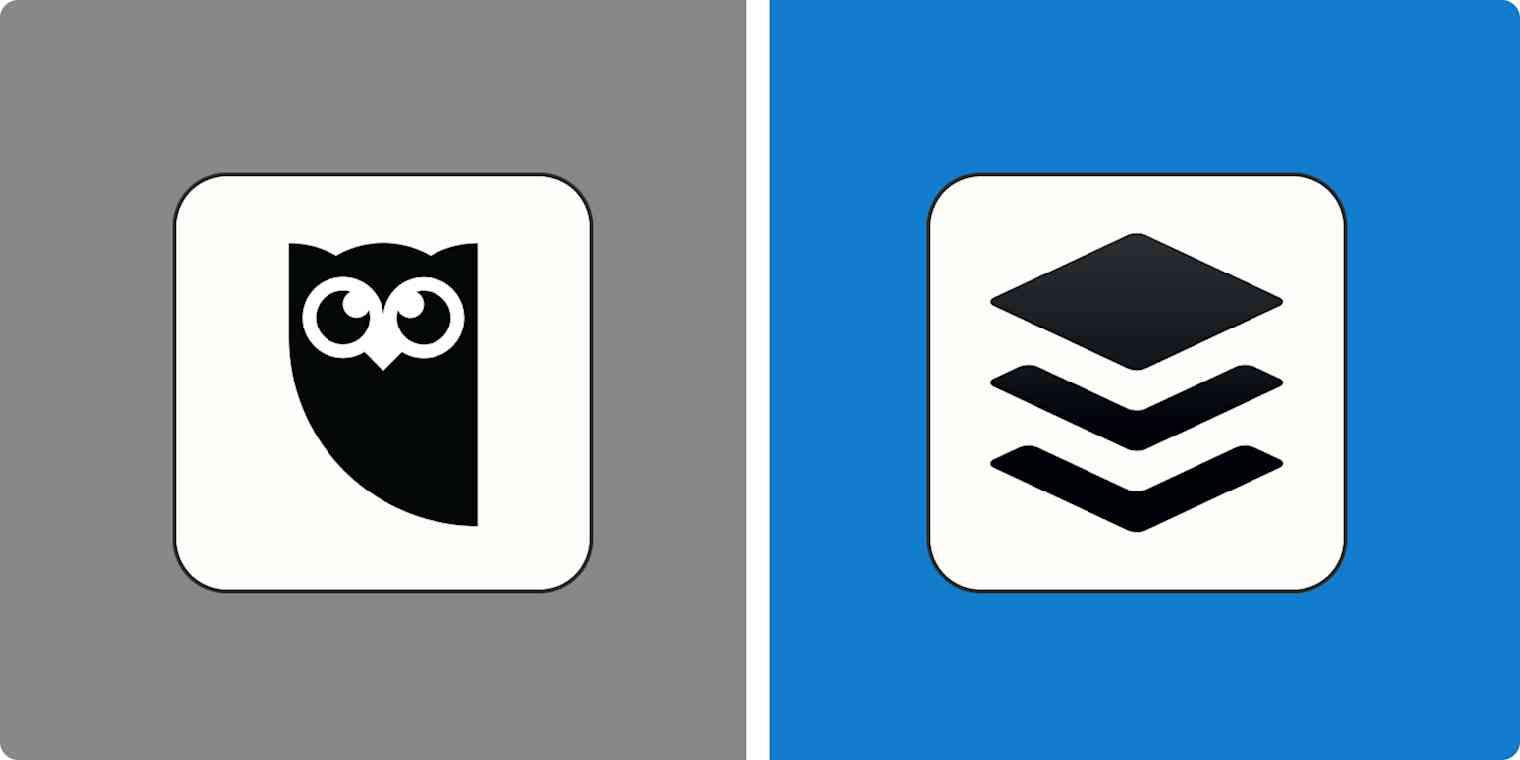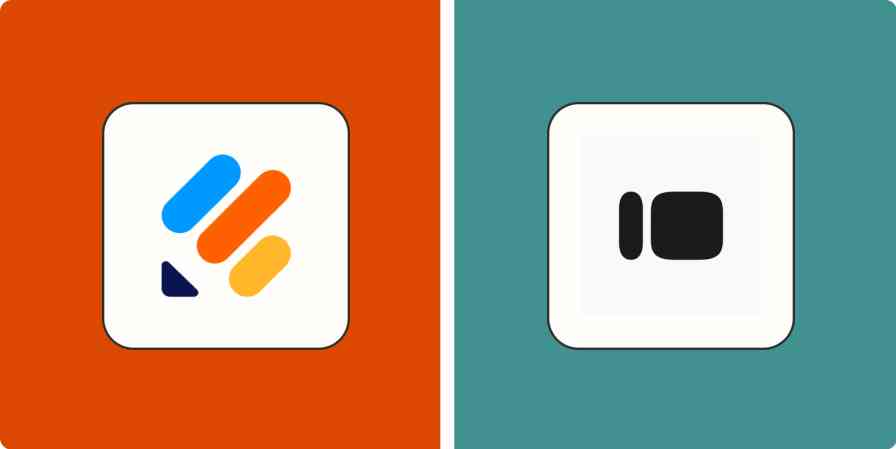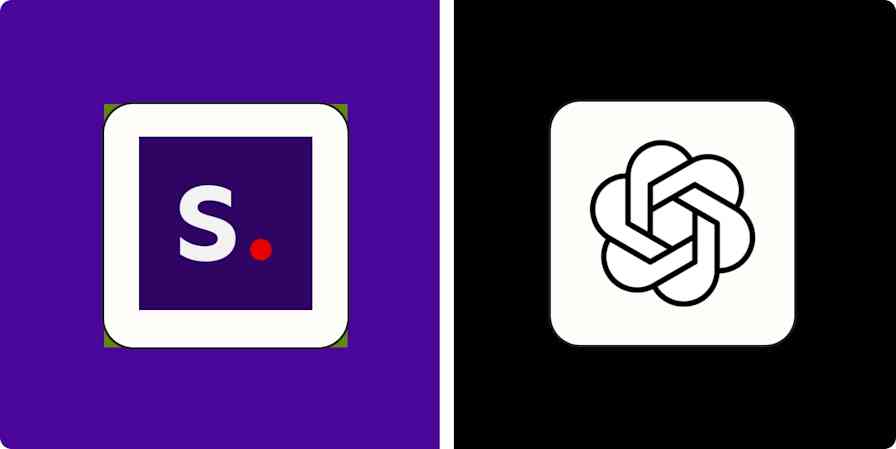Social media management apps allow you to automate posts and promotion, monitor performance, and run your social media accounts without too much chaos.
There are plenty of options to choose from, but the two names you'll see popping up most often in this category are Buffer and Hootsuite. They're both synonymous with social media management, but they differ a bit in their features and how they approach the task at hand.
I spent time testing each app—scheduling and tracking posts for my Twitter, LinkedIn, and Instagram accounts. Here's how they measure up: Buffer vs. Hootsuite.
Buffer vs. Hootsuite at a glance
The simple answer is: Buffer is better for creators and small organizations that are just looking for a scheduling tool with a few extra features; Hootsuite is for larger organizations that want a robust social media management tool, especially those that want conversation management for all their social media channels.
Here's a quick table of the main features I evaluated when looking at Hootsuite vs. Buffer and how they stack up. But don't go just by the stars—context is important, so keep reading for the deep dive.
Buffer | Hootsuite | |
|---|---|---|
Free plan and affordability | ⭐⭐⭐⭐ Free plan with 3 social media accounts and 10 scheduled posts per channel at a time. Paid plans start at $6/month/channel | ⭐⭐ No free plan and expensive paid plans starting at $99/month for 10 social accounts |
Conversation management | ⭐⭐ Can reply to comments for Facebook pages and Instagram business accounts on the team plan ($12/month/channel) | ⭐⭐⭐⭐ Has a strong inbox functionality to respond to DMs and comments from your audience; also has plenty of collaboration features to partner with your team. But it's expensive: Team plan starts at $249/month for 3 users and limited conversation management features |
Scheduling and posting | ⭐⭐⭐ Straightforward creating, posting, and auto-scheduling | ⭐⭐⭐⭐ Tons of fancy features, along with a bulk uploader to schedule 350 posts at once |
Ease of use | ⭐⭐⭐⭐⭐ Minimal learning curve and clean user interface | ⭐⭐⭐ Complicated dashboard, although feature-heavy—but might require time and training to master |
Analytics | ⭐⭐⭐ Create customized reports, track impressions, engagements, followers, and reach | ⭐⭐⭐⭐⭐ In-depth analytics on overall social media performance—in sync with your social media goals |
Team management | ⭐⭐⭐⭐ Add team members and decide whether they have full access or whether they require approval | ⭐⭐⭐⭐⭐ Gives different kinds of access at the organizational, team, and social channel levels; granular control over what team members can and cannot do/access |
AI features | ⭐⭐⭐ You can ask Buffer's AI assistant to generate ideas based on commands or summarize, rephrase, or expand your captions and posts | ⭐⭐⭐⭐ Hootsuite's OwlyWriterAI can repurpose your top-performing posts, turn web content into social posts, and take commands from scratch |
Buffer is better for creators and small businesses, but bigger orgs will prefer Hootsuite
All businesses, from solopreneurs to large organizations, are on social media—but not all of them have the same needs. If you're just starting and need something simple to schedule your posts, Buffer is the better choice. But if you're running a high-profile social media account, Hootsuite's features are far more powerful.
I'll start with analytics. You get all the basic data on Buffer: engagement, best times to post, metric insights, and post performance. You can even make customized reports by adding your social media campaign details.
But Hootsuite goes one step further by basing everything on your goals. For example, if your goal is to drive traffic, Hootsuite will tell you the best days and times to publish based on post link clicks in the last 30 days. But if your goal is to build brand awareness, the best recommended times will instead come from impressions for the same period.

A recent addition I love is the Benchmarking reports. Hootsuite calculates how your posts are performing based on your industry—excellent for tracking whether you're meeting your niche's standards. This feature can also aid in determining if you're shadowbanned from any social media platform.

You can also add multiple competitors' social media accounts and track how your social media growth is stacking up against theirs. Although, while testing this feature, I didn't find it as helpful as the industry benchmarks. Many data bits—like audience growth or the number of followers—showed "no data for this date range." This lack of accuracy was a bit of a letdown, but the feature could be immensely helpful in tracking your competitors' actions.
Besides analytics, Hootsuite also enables you to create a personalized feed using its Streams feature. Want to check your Instagram posts, Twitter followers' tweets, and scheduled LinkedIn posts in one board? It's done in a few clicks by creating a personalized Stream on Hootsuite.
I love how you can use Streams for social listening on Twitter. Let's say you sell productivity software and want to reach people on social looking for one. Or you just want to keep track of what people are saying about your competitors. Use the advanced search feature of Twitter within Hootsuite, and create a dashboard to easily track both things at a glance.

Buffer doesn't have anything to mimic this kind of feature, which means Hootsuite is much more suited for monitoring your published content and discovering new posts in a way that's customized to your workflow.
One last thing: Hootsuite also has paid advertising features (Buffer doesn't provide any). You can analyze organic posts, single ads, and campaigns and get a solid view of how each is performing.
Buffer is suitable for large teams, while Hootsuite is made for complex teams
Buffer's Team and Agency plans let you add unlimited users to your account. You can invite as many teammates, freelancers, and clients as you want at no extra cost. This is perfect for large teams or social media managers managing multiple clients, freelancers, and employees simultaneously. And the permission settings are straightforward: someone can either have admin access, full access, or approval-required access.

Admin access is complete access and control—it's not channel specific. Someone with admin access can invite themselves to a channel. Full and approval-required access are channel-specific. The former can create, schedule, and edit posts, while the latter needs approval to do the same thing.
On Hootsuite, the limitation is on the number of users. Even their Enterprise plan allows you to add only up to five users—you'll have to pay for anyone beyond that. But the area where Hootsuite wins is complex team management. Instead of full-or-nothing access, it has layers of permissions at the organization, team, and social channel levels.
At an organizational level, paying super admins have complete control. Super admins have all the control except creating and deleting an organization. Admins can do a little bit less. And there are always custom permissions to decide what organizational changes a team member can or cannot make.
At the team level, admins have complete control, and you can create custom permissions for the remaining members.
At the social channel level, advanced employees have full control over the platform. Then come editors who can't promote posts and alter permissions. Next is the limited access, similar to Buffer's "approval required" access. Lastly, responder access is for commenting and replying to posts and managing the inbox.
If you want granular control over permissions, Hootsuite is the way to go, but if you have a big team, the cost will start adding up.
Buffer is easier to use, but Hootsuite is more feature-rich
One of the most striking differences between Buffer and Hootsuite is their interface. Buffer is just easy. Hootsuite, in comparison, has a steep learning curve.
Buffer has a sleek, minimalist dashboard providing details of all the scheduled posts. It's simple to navigate, and anyone can get the hang of the platform with minimal hand-holding.

Hootsuite, on the other hand, has a feature-rich overview homepage, but it's cluttered and hard to suss out. I had trouble connecting my Twitter account to it. For some features—like inbox—I had to watch a couple of videos to understand how to navigate it. It makes sense, given how many more features it offers, but it definitely makes it a rougher experience. If you want to become a Hootsuite power user, it'll take some time and training.
To a certain extent, it's unfair to even compare the dashboard experience since the features on offer are so different—but it's still worth thinking about if simplicity is important for you.
Buffer is meant for straightforward post scheduling, while Hootsuite has all the bells and whistles
When it comes to scheduling and publishing, Buffer and Hootsuite have some overlapping options. You can upload images, schedule posts simultaneously for multiple channels, and tweak posts for different networks. But the similarities end there.
Buffer uses the Buffer Queue to dictate when your posts should go up. For example, you can create a queue allowing for posts at noon, 3:00 p.m., and 9:00 p.m. every day. When you fill up all the slots for the day, the next post you create will automatically get slotted in for noon the next day. You can also schedule posts manually if you want, but if you don't want to think about the when too much and just ensure posts get queued, Buffer is a great choice.
Hootsuite has an AutoSchedule feature, but it comes at the cost of losing some control. You can decide the number of posts you want to publish and a range of times when they should go live, but you can't dictate the order in which they get published.

If you don't care about having the flexibility to decide the order of your posts, Hootsuite or Buffer won't make much difference to you in the scheduling arena. But if you need to ensure posts go live in the order you've entered them, Buffer is the right choice.
Buffer and Hootsuite also each have small but different perks for posting and scheduling.
Buffer:
Allows you to easily upload images from the cloud, Unsplash, and Google Photos
Lets you store (and collaborate on) your rough ideas using the Idea feature
Enables you to create a Start Page—a customizable, trackable landing page to collate all your links and use as your link-in-bio on social platforms
Hootsuite:
Has a free Pixabay image library
Lets you filter various views of your social media content calendar—list, week, month, social accounts, and more
Includes a bulk composer that allows you to schedule 350 posts at once through a CSV file
Overall, Hootsuite is fancier, while Buffer keeps things simple.
Buffer connects to more social media platforms
Hootsuite doesn't have post scheduling for Mastodon, Shopify stores, and Google Business profiles, while Buffer offers social media management for all three.
These social media platforms aren't as popular, but it's still something you should think about before making your choice if you want to expand your social presence. Buffer is usually one of the quickest social media tools to support any new network and even types of posts.
For instance, you couldn't auto-publish Instagram Stories using any social media scheduling tool because of Instagram's API. Every scheduling tool had to send a push notification ("confirm for this story to go live") and couldn't publish Stories automatically like other types of posts. This changed recently, and Buffer was one of the first apps to support the auto-publishing of Instagram Stories. Hootsuite doesn't support auto-publishing Instagram Stories at the time of writing this article.
I have no doubt Hootsuite will start supporting this soon enough. But if you prefer a tool that stays on top of social media platforms and updates and is quick to support new services, Buffer is the right choice.
Hootsuite works better for conversation management
Whether replying to comments or responding to DMs, you need to be on top of communication with your audience on social media—customers, especially, expect it. But the back-and-forth can be challenging to monitor and manage, especially if you run multiple accounts simultaneously.
Hootsuite lets you manage all public and private conversations across your social media channels from within the tool itself. That means you can respond to a public tweet or a private Instagram DM without opening each app individually. You can imagine how much of a time saver that is.

Hootsuite's conversation management isn't only limited to replying to DMs and comments, though. Depending on your plan, you can also:
View the entire conversation history of a customer
Use saved replies to answer customer FAQs quickly
Create and save custom filters for viewing specific conversations
Designate responsibility by assigning conversations to a team member
Add a reminder (called boomerang) to come back to conversations later
Add topics and tags for customer conversations you're having on social media to make specific messages easily searchable
Create contact attributes—like name, contact details, notes, and more for each customer to personalize your conversations
Collaborate with your team with a built-in chat function and update your availability (lunch, meeting, available, OOO) to keep your team members in the loop
Many of these features are only available in the Business and Enterprise plans. But with these functionalities under your belt, Hootsuite can act as a part of the customer support system and help you ensure no customer conversation goes unanswered.
I'll admit the functionality is a bit overwhelming. It takes a while to learn the ropes and manage Hootsuite's inbox. But it's still far superior compared to Buffer: Buffer only has the "reply to comments" functionality for Facebook Pages and Instagram Business accounts. Many channels are missing for managing comments; even for these two channels, you can't access DMs from Buffer itself—only comments.
So in the Hootsuite vs. Buffer battle of social conversation management, Hootsuite is the clear winner.
Hootsuite's OwlyWriterAI is a bit more impressive than Buffer's AI assistant
Both Hootsuite and Buffer have released AI features to help social media managers save time. In my opinion, Hootsuite's AI features are better.
For starters, Hootsuite's OwlyWriterAI can do more things than Buffer's AI assistant: it can repurpose your top posts, turn web content into social media posts, and create holiday-centric social content. You can command Buffer's AI assistant to do all these things, but I found that Hootsuite's output requires fewer edits.

That said, both apps' AI currently provides outputs that need a lot of refining. And many times, the results are a hit or miss, even for Hootsuite. Similarly, Hootsuite's AI hashtag generator seldom worked for me. The tool often couldn't find any hashtags for my post; other times, they were irrelevant.
Hootsuite also has an idea catalog right next to its AI feature—it's like post templates for common categories (offer announcements, promoting a new blog post, and more). I loved this feature because the templates are a huge time saver for many use cases. There isn't an extensive library as of now, but there are still enough to make Hootsuite a clear winner in this department.

Buffer has a better free plan
Hootsuite has no free plan, while Buffer has a generous one—with up to three social media accounts and 10 scheduled posts per channel. The free plan doesn't have analytics or engagement features in Buffer, but it's still enough for creators and solopreneurs who just want to schedule their posts in advance.
Even when you move to the paid plans, Buffer's Essential plan is only $6/month/channel, while Hootsuite's starting price is $99/month for up to ten social media accounts. Buffer's cost for ten social channels would still be way less than Hootsuite at $60/month ($6 x 10 channels).
Hootsuite offers a 30-day free trial for its plans, but the cost would make it a deal breaker for many solopreneurs and small businesses. Comparatively, Buffer is much easier on the pocket.
Hootsuite vs. Buffer: Which should you choose?
Hootsuite is a Buffer alternative for when you're ready to graduate from the uncomplicated social media scheduling tools. Here's the bottom line:
Use Buffer if:
You're a small team or solopreneur
You're just getting started with social media management
You need a simple and straightforward content scheduling tool
Use Hootsuite if:
You're a social media manager managing accounts for different clients
You're a large organization with an elaborate social media marketing strategy
You need a feature-rich tool that goes beyond post scheduling
Whichever app you choose, you can integrate it with thousands of other apps in your marketing tool stack using Zapier. That means you can automatically schedule posts from the other apps you use at work and streamline your other social media management workflows. Here's how to automate Buffer and your other social media management tools.
Zapier is a no-code automation tool that lets you connect your apps into automated workflows, so that every person and every business can move forward at growth speed. Learn more about how it works.
This article was originally published in March 2019 and has had contributions from Joseph Genest and Eric Ravenscraft. The most recent update was in June 2023.





